Castellar de la Frontera is a Mediaeval town in Los Alcornocales Natural Park in Cadiz province, Andalucia, Spain. Within the castle walls is a Medieval village
By Nick Nutter | Updated 4 Jun 2023 | Cádiz | Villages |
Login to add to YOUR Favourites or Read Later
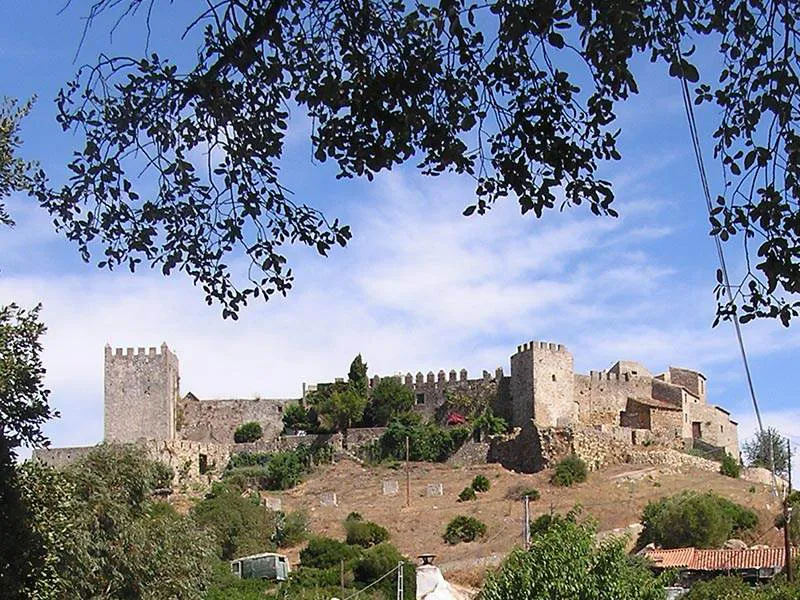
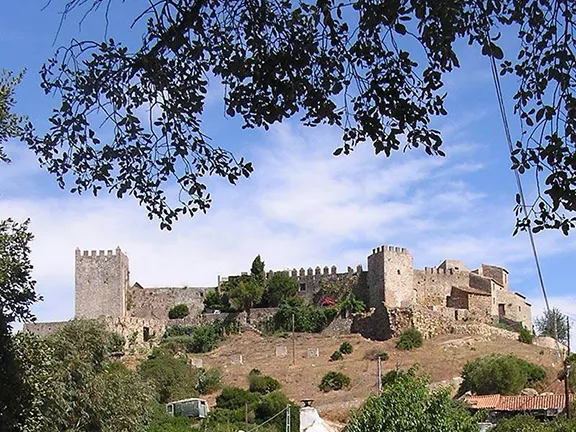
Castellar de la Frontera
The word Castellar means ‘site of the castle’ so the town is called, literally, ‘site of the castle’ and that is exactly what it is. Sat on a hilltop at a height of 200 metres Castillo de Castellar commands the valley of the river Guadaranque to the west, now dammed to make an embalse, and that of the Hozgarganta to the north as well as a great sweep of valley down to Algeciras in the south. Not surprisingly, given its strategic position, the hill has been populated continuously since prehistoric times.
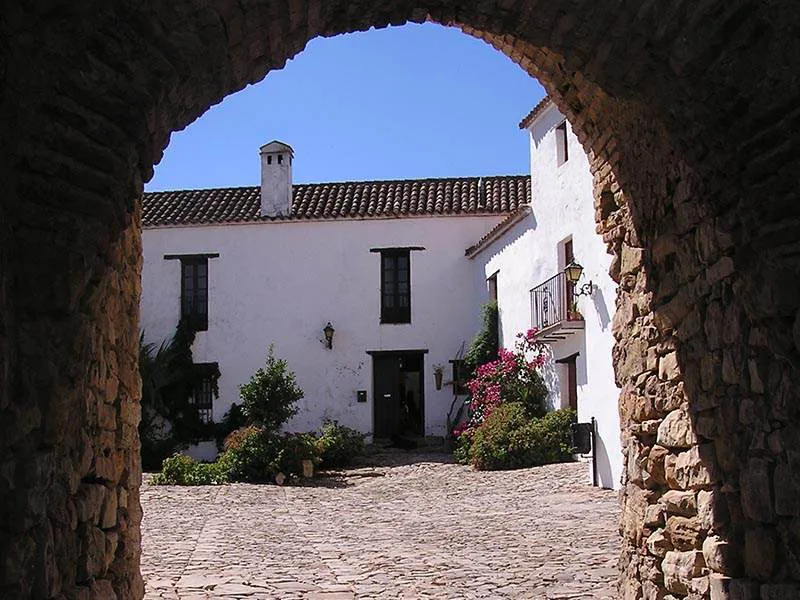
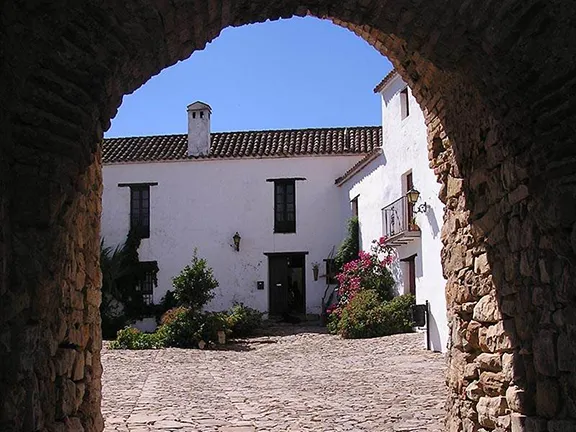
Castle Gate, Castellar de la Frontera
Many of the rock shelters nearby contain prehistoric paintings dating back to the Neolithic period. The caves have imaginative names, Cave of the Maquis, Cave of the Apiary, The Pits and The Tombs that belies their importance in the overall history of the ‘Rock Art of the South of the Iberian Peninsula’.
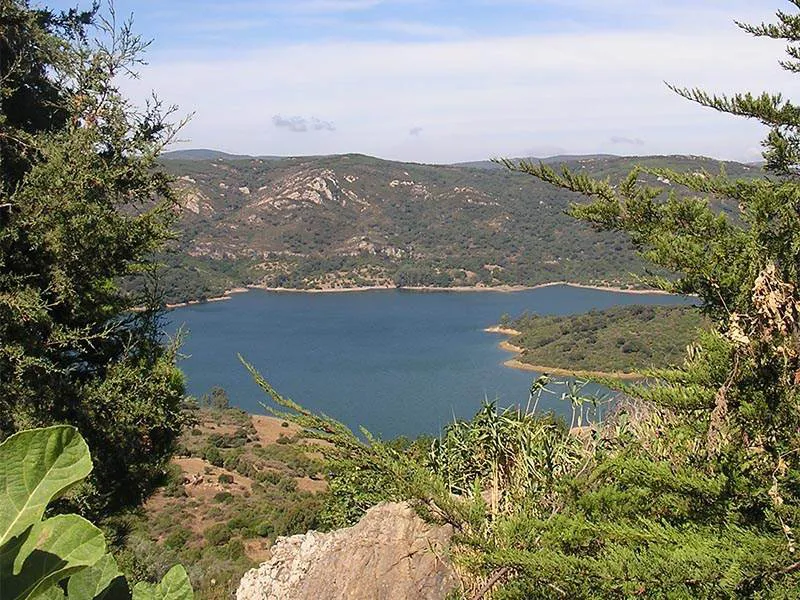
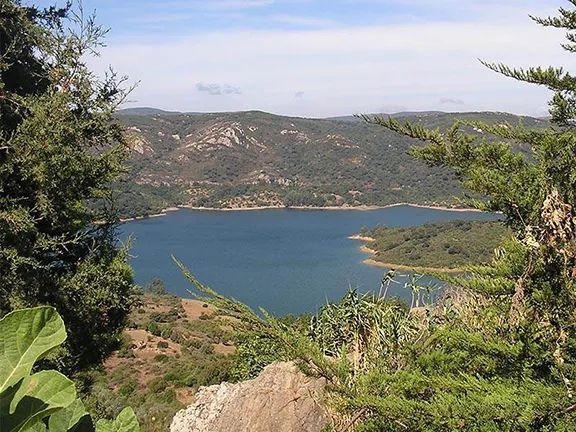
The View of the Reservoir, Castellar de la Frontera
During the Roman period the town was called Lascutana Torre. It was developed to defend the stretch of road that started at the Roman town and port of Carteia near San Roque and went to Cordoba.
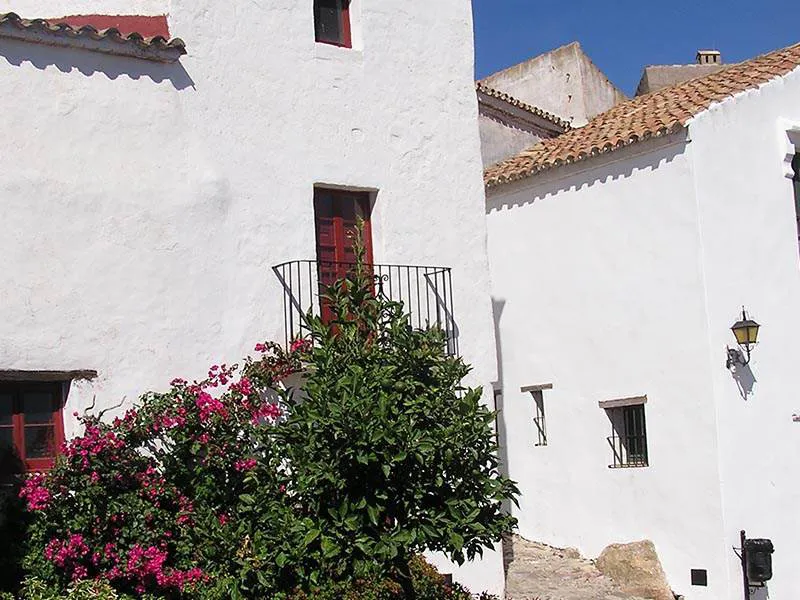
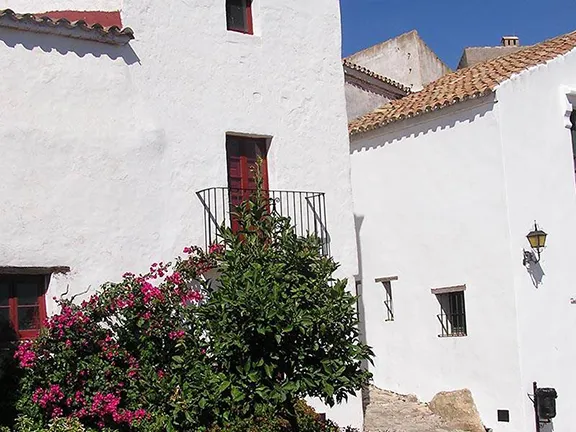
Street View, Castellar de la Frontera
The castle you see today is Mediaeval. Its walls surround a mediaeval town that is pretty well what you might expect. Once through the ‘Z’ shaped gateway in the walls, now designed to deter motor vehicles rather than knights on horseback, narrow cobbled streets lead you into a rabbit warren of lanes and blind alleys. White washed houses pack themselves into impossibly narrow spaces. Many, today, are rural cottages, converted into accommodation for those who enjoy a rustic sojourn. To book one you must find the only, highly recommended, restaurant in the town where you can also feast off the game and meats that are plentiful in this area. Items such as wild boar, venison, pheasant, grouse and suckling pig are rarely off the menu.
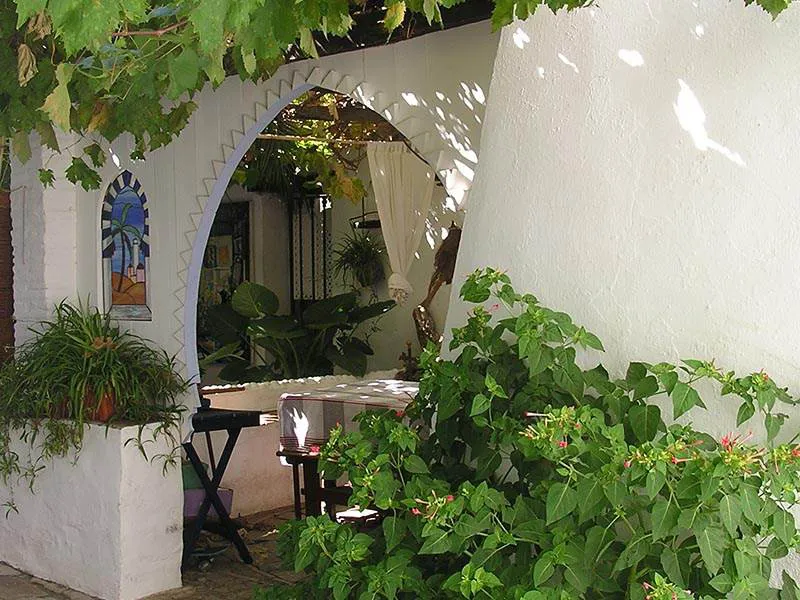
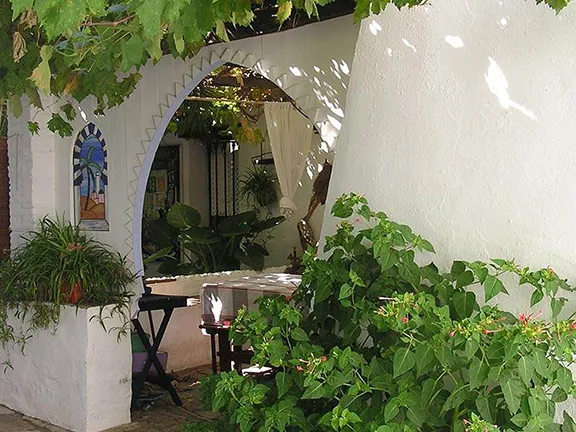
Bodega, Castellar de la Frontera
You will also, probably, come across the only bodega in town. Set in a minute square, shaded by a rampant fig tree, the door is hardly inviting. Once inside however you will find a choice of wines and Sherries that a top restaurant would be proud of, all served at exactly the right temperature, chilly to allow you to cool down after all your exertions. If nobody appears to be in attendance just ring the hand bell.
Built during the Moorish occupation the castle, though formidable, changed hands a number of times. Once again it found itself in a strategic position, this time a strongpoint between the tower at Palmones on the coast and Jimena de la Frontera further inland on the borders of the Christian and Muslim kingdoms, hence its suffix of de la Frontera. Even after the reconquest its ownership was in dispute until 1650 when, following one of the interminable local quarrels, it was taken and held by Teresa María Arias de Saavedra, the Countess of Castellar. It was later handed over to the Medinaceli family who held it until 1973 when the Rumasa development group bought it.
Meanwhile, in 1971, the original inhabitants of the castle town were relocated to the new town of Nuevo Castellar and suddenly became, for the first time in their lives, proud customers of the electricity supply company, Sevillana and the water company, Aquahest. Some of the dilapidated houses at the original castle became abodes for German Bohemian types, a few of whom still reside there. In 1983 the Spanish Government expropriated the castle and declared it a ‘Historical and Artistic Monument’ and invested in its restoration. They have done an excellent job of work, the resulting masonry is hardly distinguishable from the original.
The fortifications surround the residential part of the town. At intervals around the walls there are balconies, originally used by lookouts, and countless archer slits. They provide ideal vantage points from which you can watch the kestrels, kites and buzzards wheeling on thermals alongside the sheer rock wall beneath and alongside you. Some of the kestrels nest in the square holes that you see at regular intervals in the outside of the wall. These holes supported the horizontal wooden scaffolding beams used by the original masons when they built the walls and are a common feature on mediaeval fortifications.